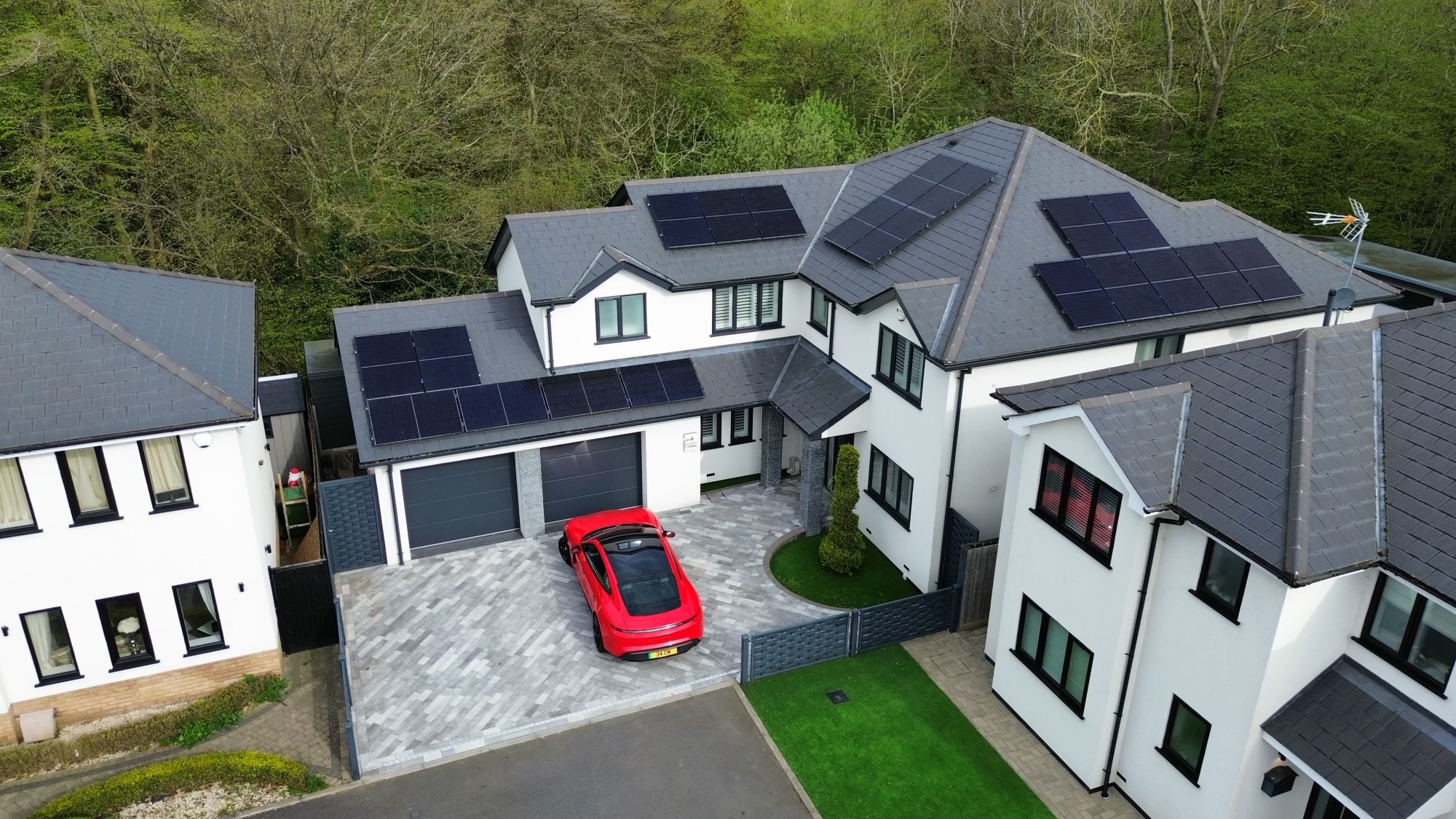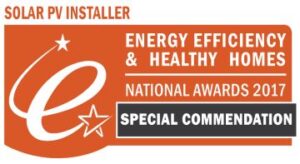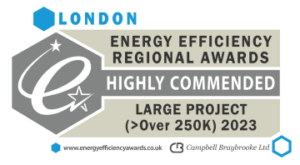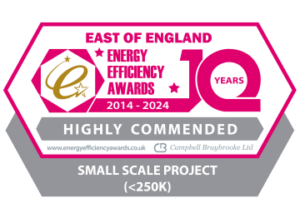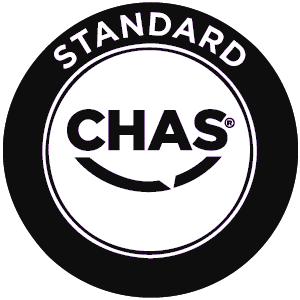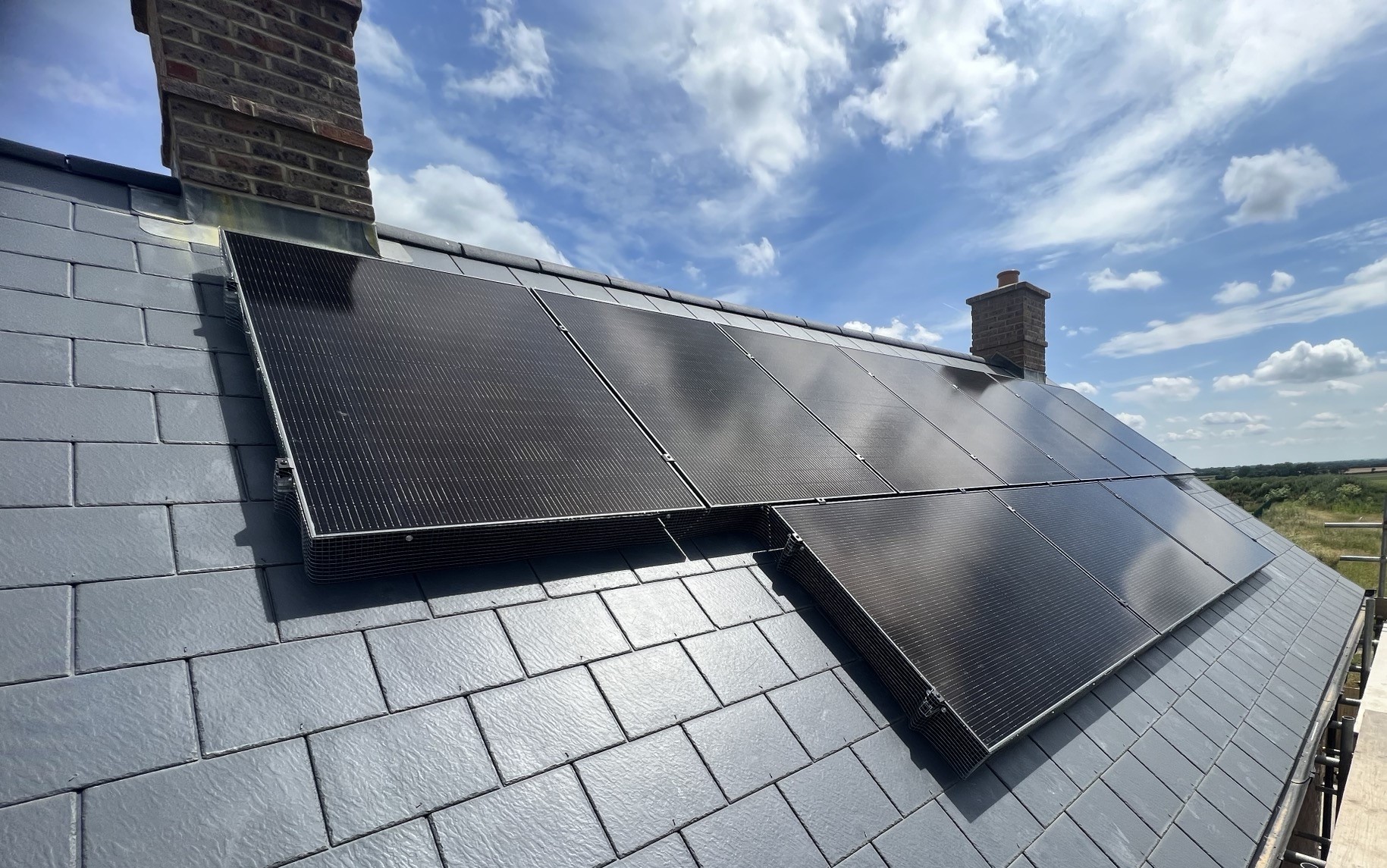Expert Solar Panel Installers
SolarTherm UK® are one of the longest established Solar Panel Installers in Essex. We bring almost 15 years of expertise in the Solar Panel and renewable industry. We have a commitment to excellence for every project we undertake. Our team of skilled professionals are dedicated to providing comprehensive support from initial consultation to final installation and beyond. We pride ourselves on delivering the highest quality solar solutions tailored to meet the unique needs of each client.
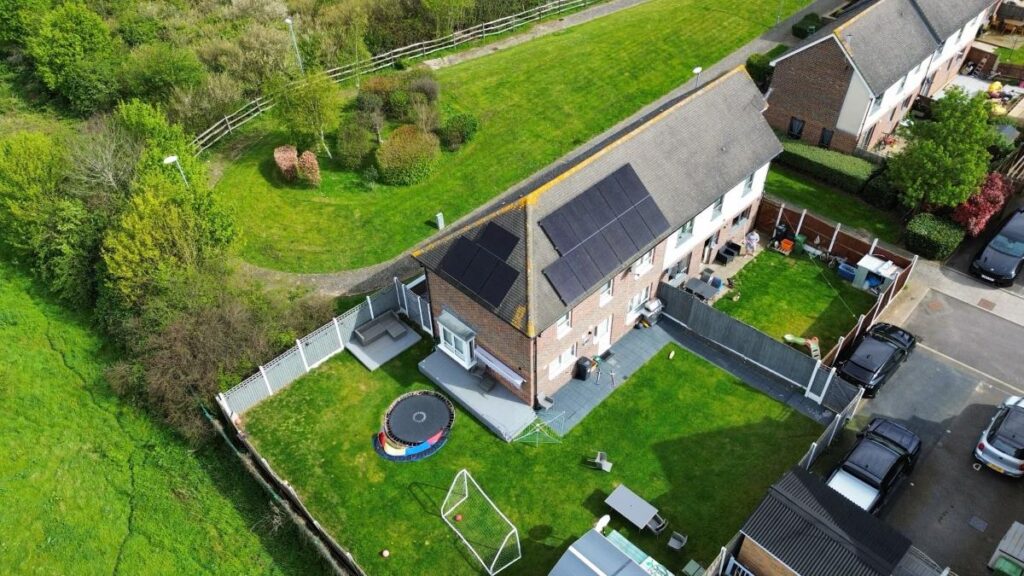
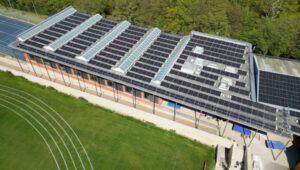
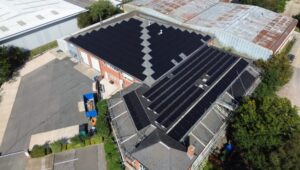
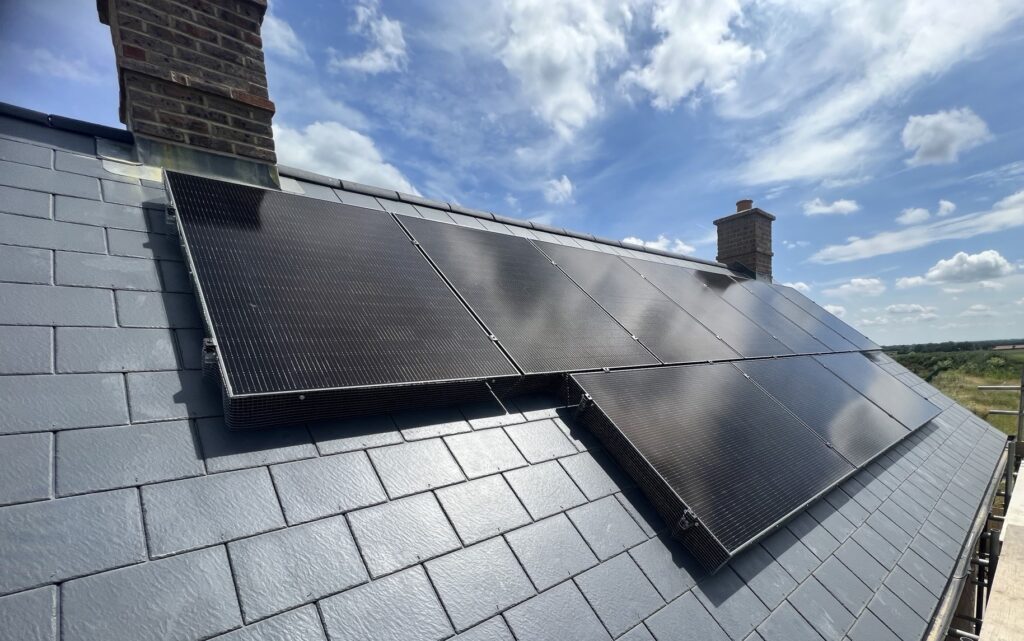
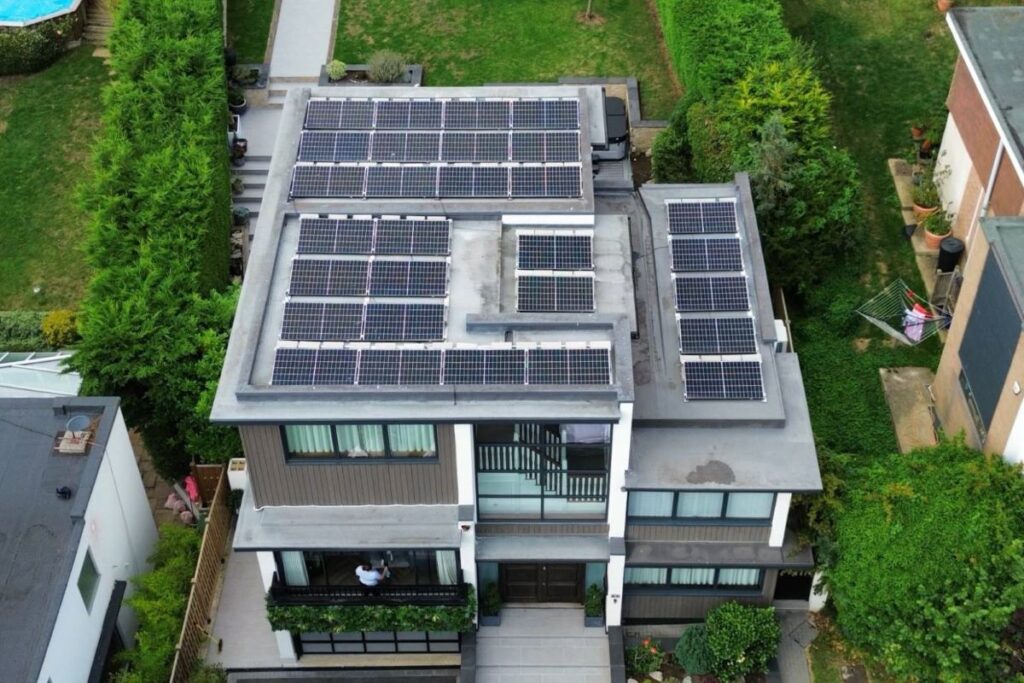
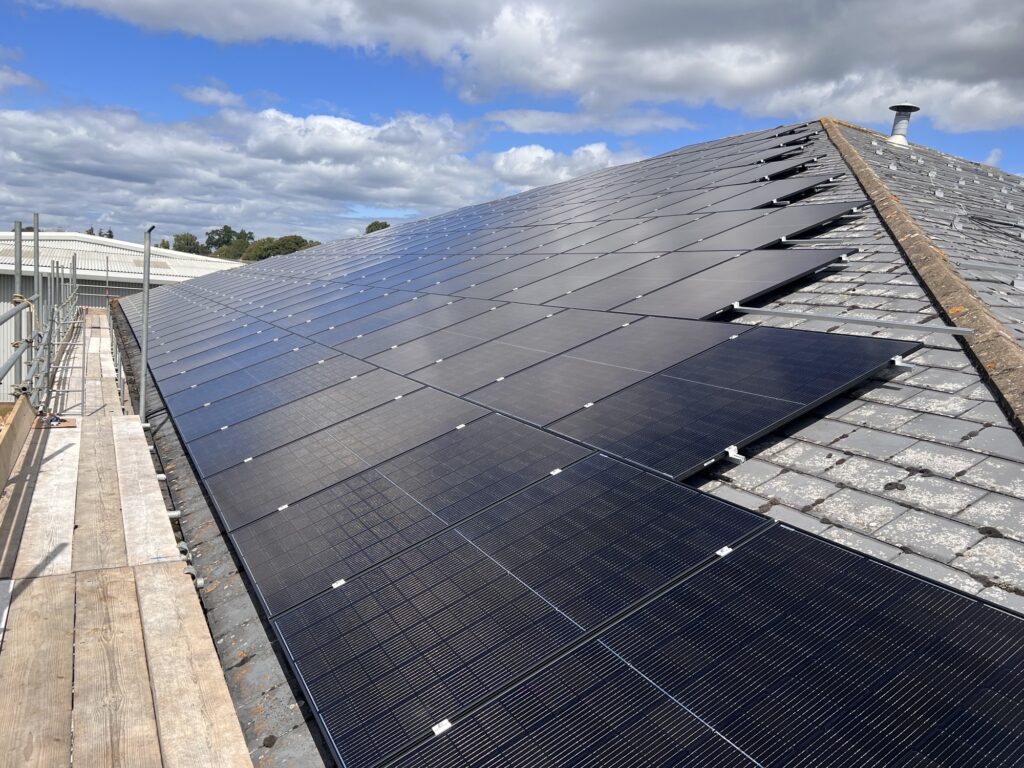
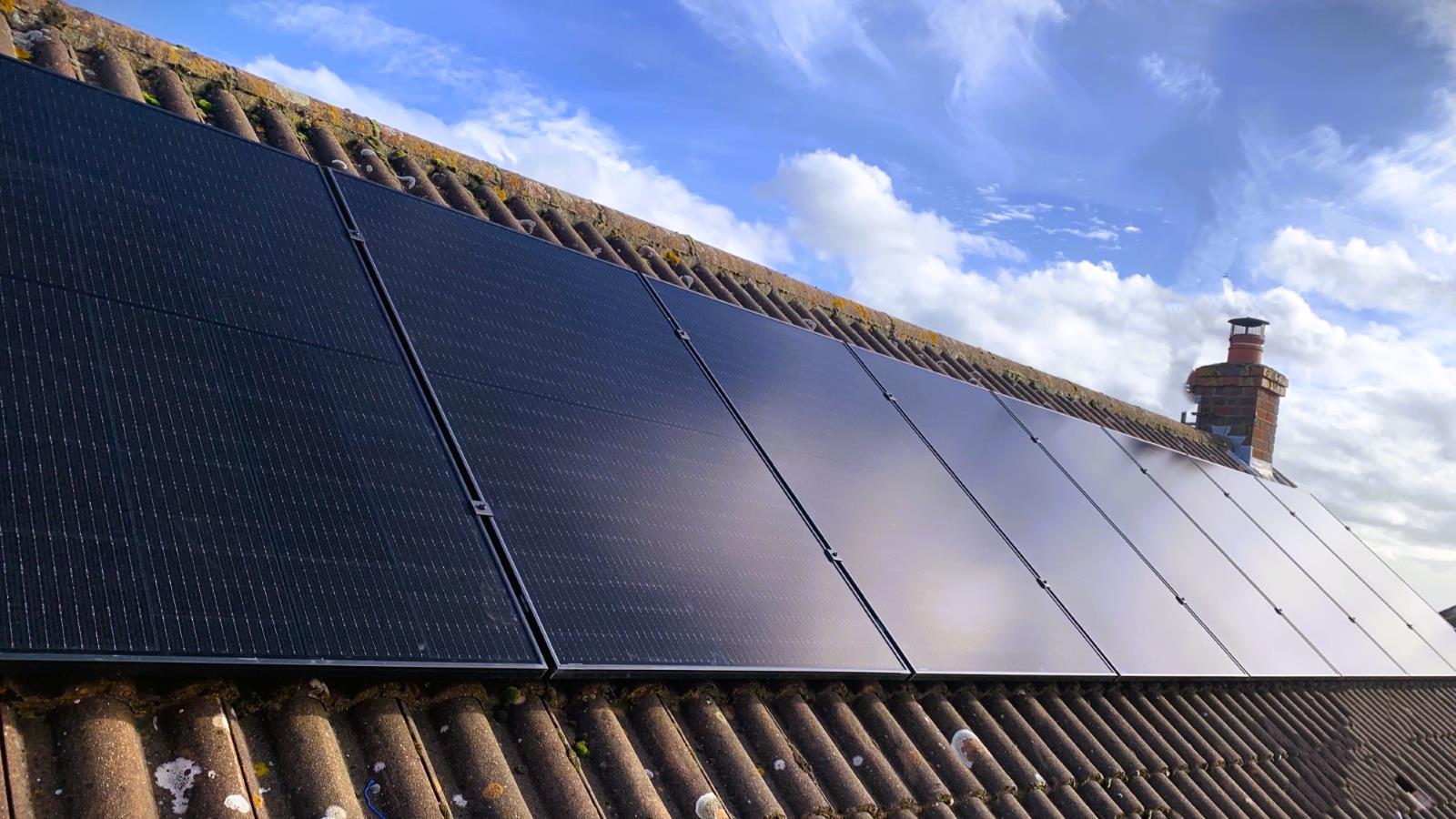
Solar Panel Installers in the South East
Are you a homeowner or business owner? Are you looking to reduce your energy bills and contribute to a greener planet? Our team of experienced Solar Panel Installers have fitted thousands of solar panels in the South East and across the country. We are ready to help every step of the way!
SolarTherm UK operate out of our eco-friendly head office based in Basildon, Essex. Our teams of fully accredited Solar Panel installers have travelled across the South-East and beyond helping homeowners reduce their energy bills, and businesses embrace sustainable practices.
At SolarTherm UK, we understand that Solar is an investment, and like all investments you need to know you are making the right decision. That’s why we don’t use off-the-shelf solutions. Our installations are based on the needs of each individual customer, from start to finish. We design and manufacture our own mounting systems, use exclusive products and as part of the Silvercrest Energy Group we have access to our own scaffolding company. Our surveyors, sales, and aftercare teams are based in-house so we can be with you every step of the way.
What can we help you with?
Home Solar Panels
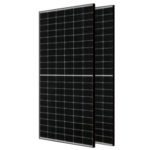
Solar Panel installation for homes. Find out what you can save with Solar!
Home Solar with Battery Storage
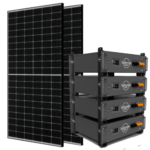
Solar Panel Installation with the added benefit of Battery Storage. Use even more of the energy you generate!
Commercial Solar

Protect your business from rising energy costs with commercial Solar Panels.
Award Winning Solar Panel Installers
Solar Panel Installers – Recent Work
-

1 Year On: A bespoke Flat-Roof Home Solar Panel System with Battery Storage
-
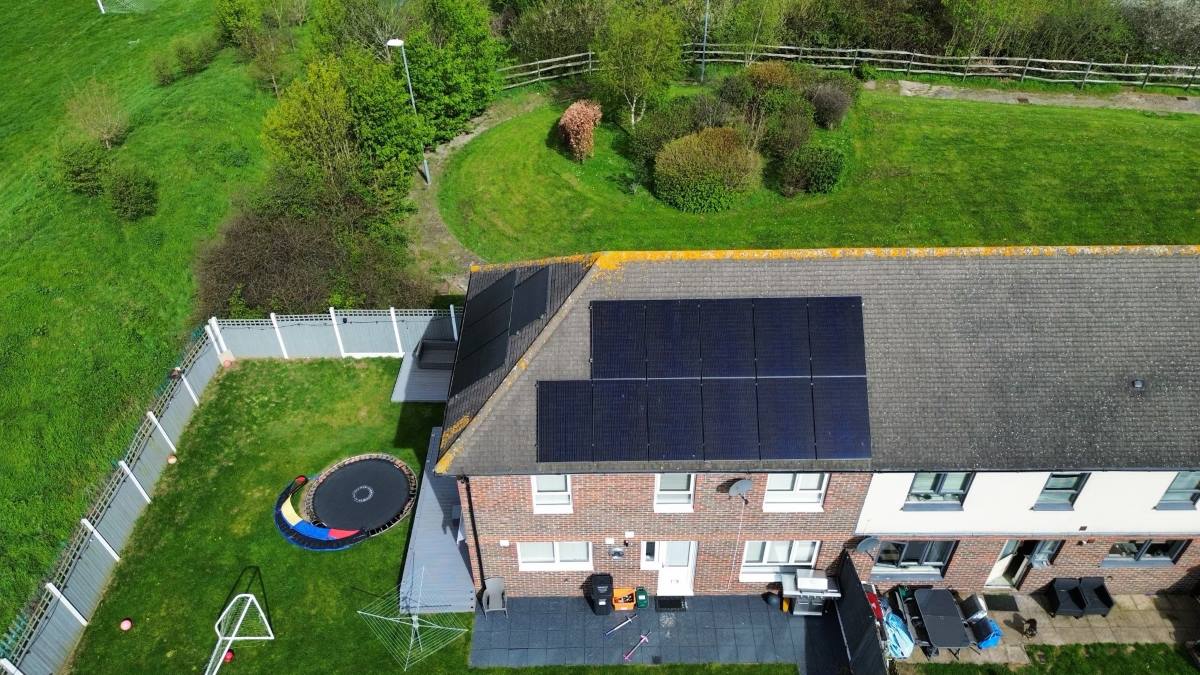
Home Solar Panels Case Study: How Mr. & Mrs. Cullen Saved 50% on Energy Bills
-
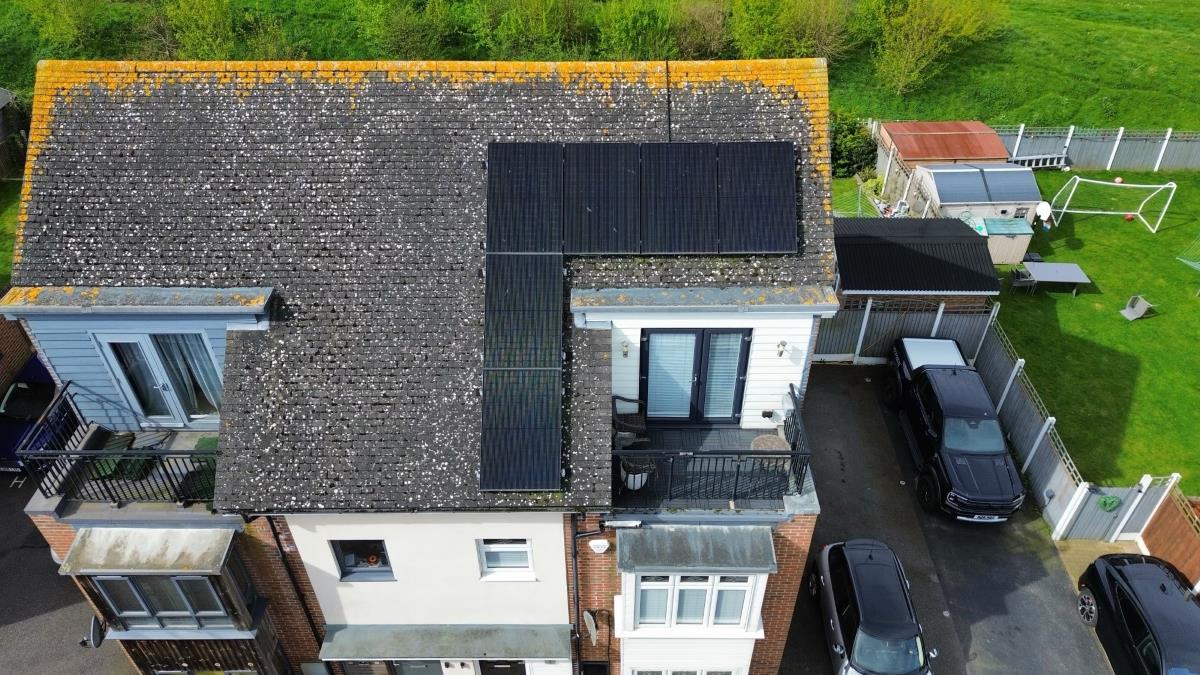
Mr & Mrs Reeve – Home Solar Panel System
-
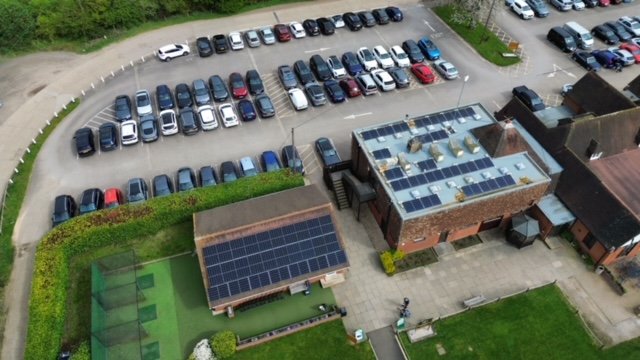
Solar Panels installed at Golf Club
-
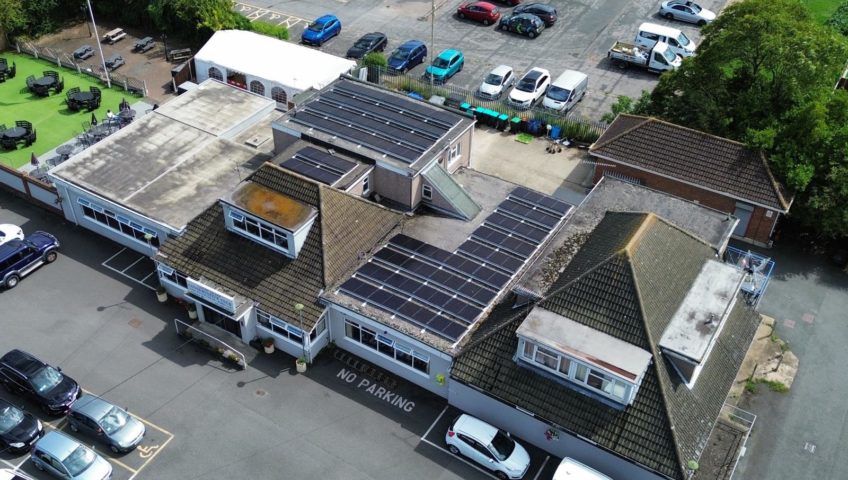
Eco-friendly electricity at local Conservative Club
-
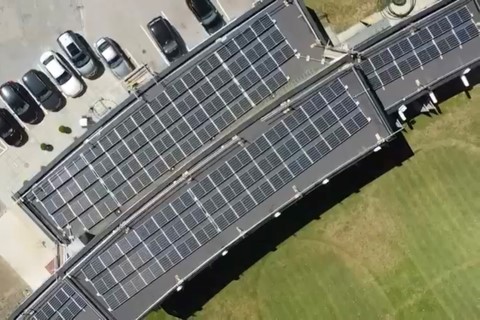
Solar Panels fitted at Golf Range

